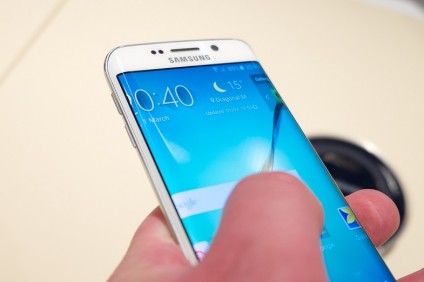Phone security is a serious matter. Whether you have done something or not, if your phone bodyguards fail, it’s time for damage control and repair. It’s recommended that you use an antivirus or some sort of protection, but I guess you probably wouldn’t be reading this if you did.
First of all, how can you tell that your phone might have a virus? The typical (and usually your first) sign for every virus infection is slow function combined with random freezing. App failure or multiple bootings out of the blue are also strong suggestions that your phone might have a problem.
Let’s see what we can do before any more damage is done to your data.
Step 1. Install a good antivirus.
You should check the reviews and ratings before making a decision. Some of the best choices at the moment are 360 Security, Avast and AVG. You should be fine with either option, but the more practical one is 360 Security because of its features and overall resource friendliness.
Step 2. Scan.
Once installed, use your new antivirus to scan both the phone memory, and the memory card. Let the antivirus do his thing, and clean or remove any malware that it finds. You might even fix the whole thing at this stage, it depends on the complexity of the issue and your antivirus choice.
Step 3. Keep the antivirus updated and scan regularly.
This is more of a future habit that you should have, but it’s good to check all the settings at the beginning for each app/software. Chances are you will forget if you don’t set them correctly now.
Step 4. Find out what you’re fighting against.
In case your simple scan didn’t fix everything, you should investigate what you’re battling against. There’s a possibility you might have to remove the virus manually. Don’t worry, as long as you know your phone model number, you will find anything you need with a simple search.
Step 5. Remove the virus manually.
Just like uninstalling any other app, you can remove the virus manually, once you find out what you need to do. Be careful and double-check so you don’t remove something you’re not supposed to.
Step 6. Reset the phone to its original settings.
If your problem is still there, a simple settings reset might help. Every phone has this option. Look for “original settings” or “factory settings”.
Step 7. Format.
Is that annoying thing still there? Then you should probably format your phone and card memory. Let’s hope it doesn’t get to this, but if it does, the option is available in the Options menu.
Step 8. Ask for help from pros.
Nine out of ten times you will not reach this stage. Yet if you do reach it, there’s really not much else you can do. Your phone will most likely have to be flashed.
Step 9. Backup your important data
I bet that by now, you figured out this step on your own. You should always have a backup of your important data, no matter what. You can skip most of the steps in this list if you already have a backup, because you can simply format your device.
What safety measures do you take to prevent or remove viruses from your phone? Share your thoughts in the comment section bellow.
Help Me Fix IT: I just dropped my phone in water





comments (0)
Leave a reply